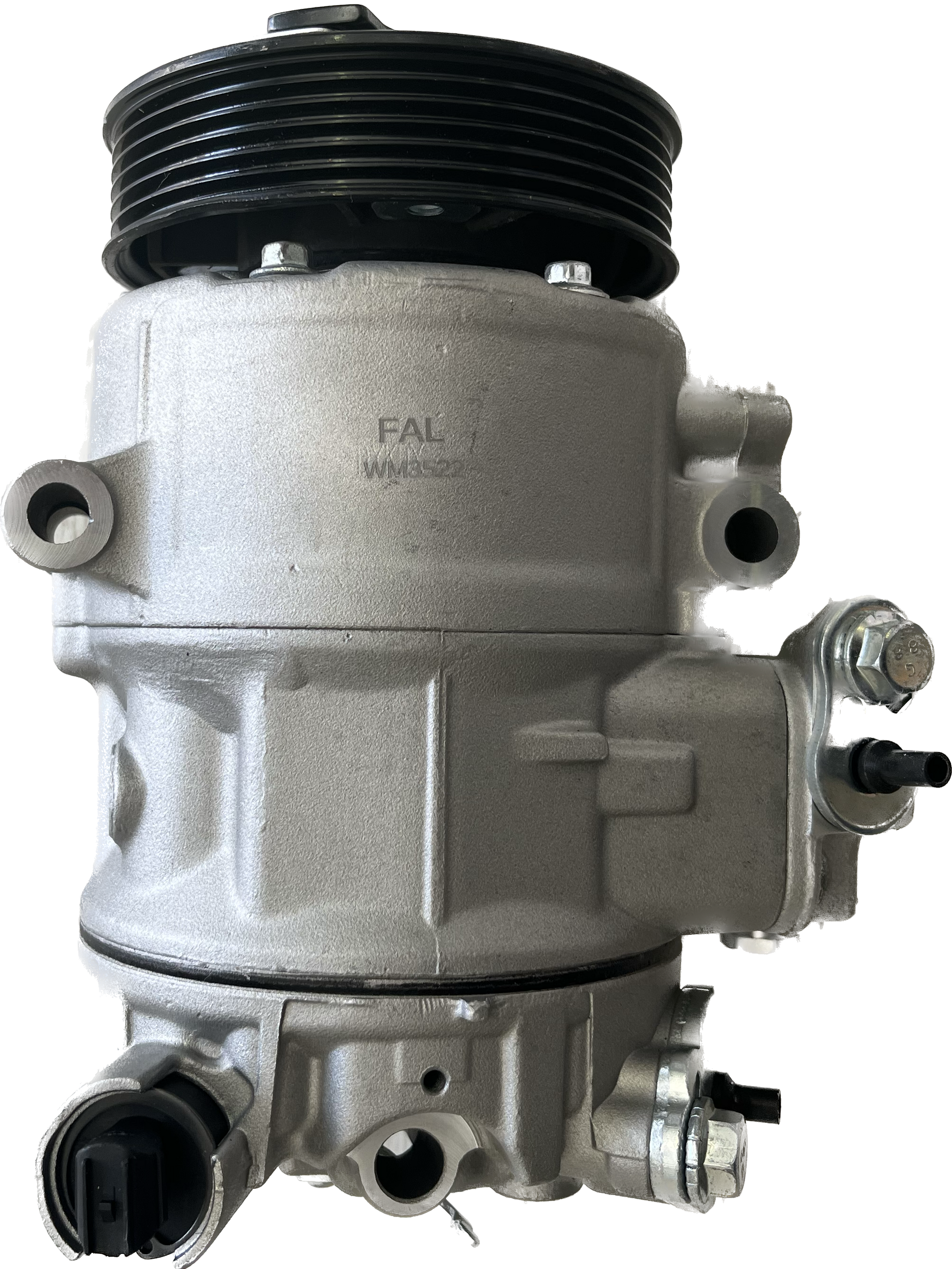How a Clp Engine Can Boost Effectiveness in Numerous Industries
The development of CLP engines marks a significant change in operational performance across numerous industries, driven by their capacity to optimize gas consumption and reduce downtime. Industries such as production and logistics stand to gain significantly from their durable style and regular power output, which assure to streamline procedures and enhance efficiency. As companies progressively focus on sustainability alongside efficiency, the duty of CLP engines comes to be also much more vital. What continues to be to be seen is how these improvements will certainly shape the future landscape of commercial operations and their effect on more comprehensive financial trends (clp engine).
Overview of CLP Engines
CLP engines, or Continuous Fluid Propellant engines, stand for a considerable development in propulsion technology, particularly for room applications. These engines use a continuous feed system that enables for the sustained expulsion of propellant, leading to boosted performance and performance compared to typical strong or hybrid propulsion systems. By preserving a constant circulation of fluid propellant, CLP engines can achieve extra exact thrust control, which is crucial for steering spacecraft in different objective situations.
The design of CLP engines incorporates sophisticated materials and ingenious fuel monitoring systems. clp engine. This leads to lowered weight and boosted integrity, necessary factors for long-duration room objectives. Furthermore, the constant procedure lessens the threat of combustion instability, a typical challenge in standard rocket engines.

Advantages in Manufacturing
The manufacturing of Continuous Liquid Propellant (CLP) engines presents several notable benefits that boost both performance and cost-effectiveness. Among the main advantages is the streamlined manufacturing process, which decreases the complexity associated with traditional propulsion systems. By making use of fluid propellant, suppliers can accomplish greater accuracy in engine efficiency, resulting in optimized power output and lowered waste.
In addition, CLP engines help with a greater level of modularity, enabling simpler integration right into different manufacturing lines. This adaptability can dramatically lower preparations and improve overall functional versatility. Making use of CLP modern technology additionally has a tendency to decrease the need for extensive upkeep because of fewer relocating parts, which converts into lowered downtime and operational costs.

Applications in Logistics
Leveraging Continual Fluid Propellant (CLP) engines in logistics offers our website substantial benefits in operational effectiveness and dependability. These engines supply a durable remedy for various transport demands, enabling the seamless activity of items throughout substantial ranges. The integral layout of CLP engines permits for consistent power output, which translates right into smoother and extra foreseeable transport routines.
One of the key applications of CLP engines in logistics is in sturdy freight transport, where they can drive both ground and aerial vehicles. Their capacity to keep high efficiency under varying load problems makes certain that shipment timelines are satisfied, therefore boosting customer satisfaction. Additionally, CLP engines can be incorporated right into automated logistics systems, helping with real-time tracking and maximizing path planning.
Furthermore, the sturdiness of CLP engines decreases maintenance downtime, enabling logistics business to optimize their functional capabilities. This is specifically helpful in warehousing operations, where performance in taking care of and delivering goods is critical. As logistics remains to develop, the assimilation of CLP engines represents a forward-thinking strategy that not only boosts performance yet additionally sustains the industry's growing needs for dependability and rate.
Influence On Power Effectiveness
Just How do Continuous Fluid Propellant (CLP) engines enhance energy effectiveness in transport? CLP engines use a regular circulation of fluid gas, maximizing combustion processes and maintaining a stable drive output. This style minimizes power losses associated with standard burning engines, where fuel shipment can differ and lead to ineffectiveness.
The continual operation of CLP engines enables for an extra reliable thermal cycle, resulting in higher details impulse compared to conventional engines. clp engine. This converts to decreased fuel usage for the very same quantity of work done, dramatically reducing operational costs across numerous transportation industries, including air travel and maritime markets
In addition, the ability of CLP engines to maintain optimal performance under varying load conditions decreases the requirement for regular velocity and slowdown, even more improving fuel effectiveness. Enhanced energy effectiveness not only contributes to cost savings but also brings about decrease greenhouse gas exhausts, straightening with international sustainability objectives.
Future Trends and Innovations
Arising improvements in Constant Fluid Propellant (CLP) engine innovation guarantee to transform the landscape of transportation performance and sustainability. As industries pivot towards greener choices, CLP engines stand at the leading pop over here edge, integrating innovative materials and layout techniques that improve performance while reducing ecological influence.
Among the most promising fads is the fostering of hybrid systems that combine CLP engines with eco-friendly power sources. This harmony can enhance gas consumption and reduce emissions, lining up with international sustainability objectives. Advancements in computational liquid dynamics (CFD) are assisting in the style of even more aerodynamically effective engines, leading to reduced drag and boosted fuel performance.
Additionally, the growth of wise surveillance systems is set to boost functional effectiveness. These systems leverage information analytics and IoT technology to enhance engine efficiency in real-time, guaranteeing that the engines run within their most efficient specifications.
As research remains to discover different propellant formulas-- visit such as biofuels and synthetic fuels-- the future of CLP engines looks encouraging. By utilizing these technologies, industries can not just improve their effectiveness yet likewise contribute dramatically to a cleaner, much more lasting future in transport.
Conclusion
Finally, CLP engines stand for a substantial development in effectiveness throughout numerous industries. Their ability to maximize gas consumption and decrease operational prices, incorporated with a continuous feed system, enhances power outcome and operational dependability. The integration of advanced materials and fewer relocating components lessens upkeep needs, while alignment with sustainability goals positions CLP engines as a critical innovation for the future. Proceeded innovation in this field promises further improvements in efficiency and environmental performance.